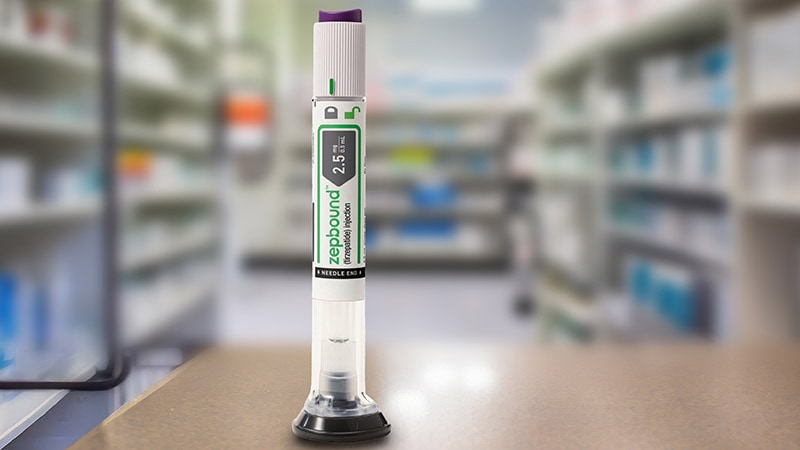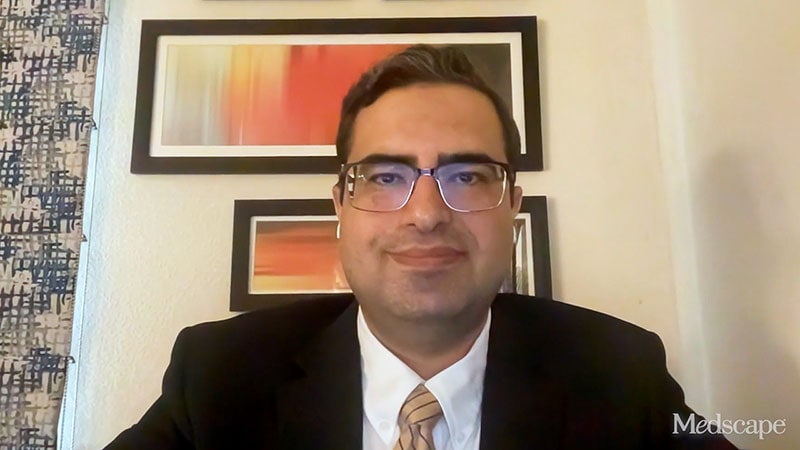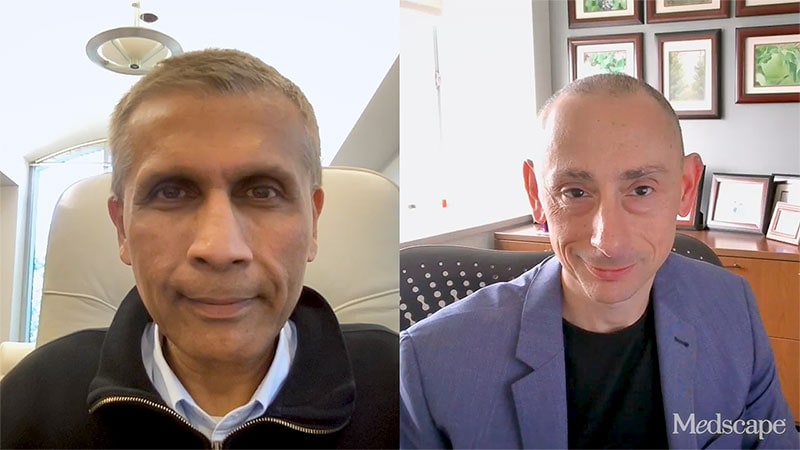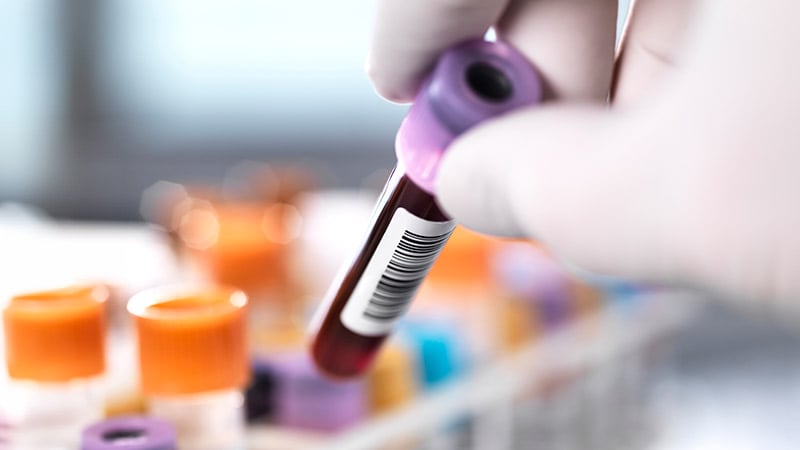This transcript has been edited for clarity.
Hello. I'm David Kerr, professor of cancer medicine from University of Oxford. One of my abiding interests has been how we use clinical guidelines to level up treatment nationally and internationally. Certainly, when I advise governments in terms of national cancer planning, we often put guidelines at the heart of any of the advice that we tend to give.
I picked up on a really interesting study that was published recently in The Lancet Oncology. This is a large, collaborative study looking at chemotherapy uptake and usage across a period of 5 years. It's a combined study coming from Norway, the United Kingdom, Canada, and Australia. They looked across eight different tumor types, including gastrointestinal, lung, and ovarian cancer.
The interjurisdictional differences in chemotherapy uptake were amazingly large. For example, in ovarian cancer, they ranged from around 40% to 85%, with a median in the middle of around 65%. Those sorts of figures were repeated across the wide range of tumors that were looked at. That was just chemotherapy usage.
Again, there were very significant variations in terms of starting chemotherapy. Another thing that popped up — perhaps it wasn't surprising — is that elderly patients, those aged 80 years and above, had chemotherapy 20 times less frequently than those who were younger.
What underpins these differences? When I think about national cancer planning, it's about seeing what we can do to bring up to some common level, some common standard, the types of drugs that we use, the chemotherapy regimens, the indications, the staging, and all the things that you'd expect in guidelines.
If you look at the national guidelines across these different countries, they're not very different, nor would you expect them to be. If we look at the global domination of the National Comprehensive Cancer Network (NCCN) and guidelines from the European Society for Medical Oncology (ESMO) and the American Society of Clinical Oncology (ASCO), there are subtle national variations.
Yet we see these big variations. Is it all political? Is it funding? Is it different types of healthcare systems? Is it access to certain types of drugs? Is it using institutions like the National Institute for Health and Care Excellence (NICE), with health technology assessments that cause variation in access, timing, and so on? Each or all of these are potentially contributory. We need to understand better and we need to find out more.
For somebody like me, naively to think that once we have projected, once we have made a national cancer plan, and once we have a set of guidelines, these will be taken up and applied uniformly is clearly wrong. I guess it's a disconnected hierarchy you sometimes get from people like myself who are involved in national and international plans, assuming that the good advice will filter down and will be taken up.
This is a fascinating piece of work that involved around 800,000 patients between 2012 and 2017. It was very well worked up, with very strong cancer registries and databases and some, frankly, profoundly troubling data. If we believe that chemotherapy is a useful tool in the treatment of those tumor types, then such a degree of variation in its uptake and usage, I think, is a source of trouble and puzzlement, certainly to me.
Watch this space. I'm sure these authors will be thinking more deeply as to what the underpinning causes are. For the time being, I'd be really interested in your thoughts. Perhaps you're not surprised at all. Perhaps it's just realpolitik in real time. I'd be interested in your thoughts.
For the time being, Medscapers, over and out. Thanks for listening, as always.

.webp) 2 weeks ago
6
2 weeks ago
6



























 English (US)
English (US)